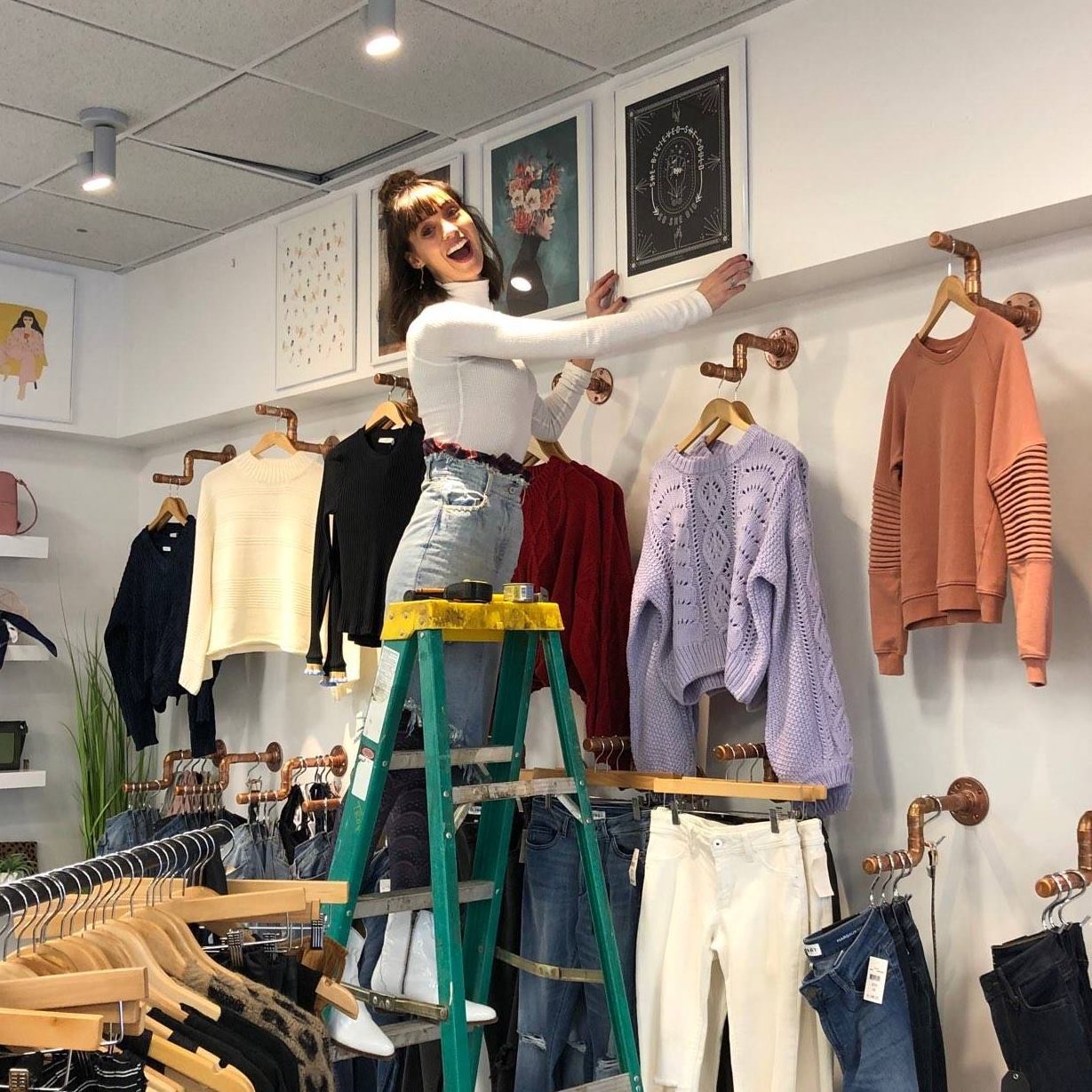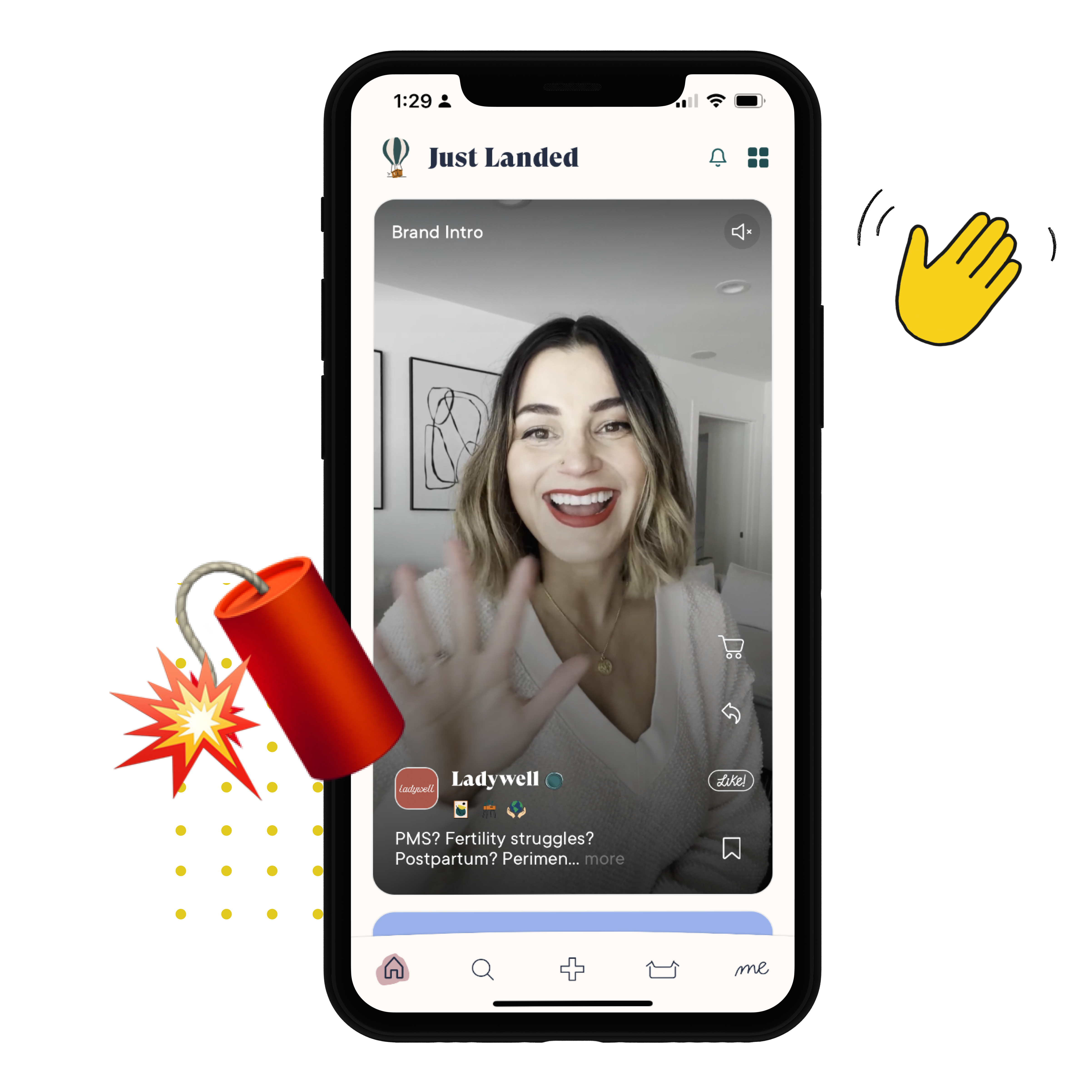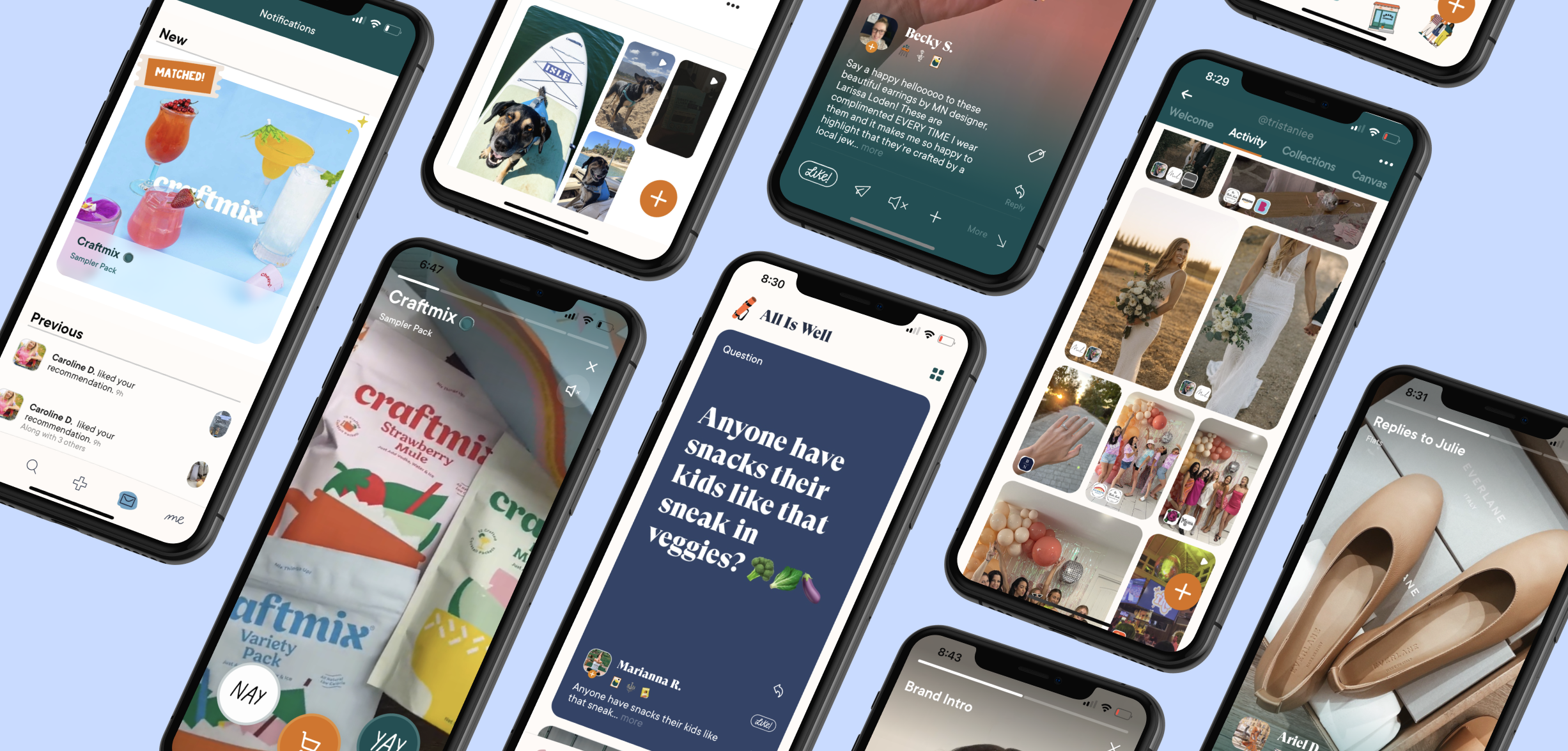The way we shop and engage with brands has dramatically shifted in the past decade. The rise of e-commerce has upended traditional retail models, forcing us to question long-held norms and sparking a rapid, and often ruthless, evolution. But amidst this seismic shift, are we losing sight of what really matters—the value exchange between consumers and brands?
I launched my first retail store in 2013, a time when e-commerce was growing but hadn’t yet asserted the dominance we see today. My store served as a launchpad for emerging brands, connecting consumers to their soon-to-be favorite products. I reveled in the role of matchmaker, introducing consumers to brands they might never have found on their own.
As e-commerce grew rapidly and took hold, my role as a retailer began to change in ways that weren’t sustainable. Overhead costs continued to rise, and margins were decreasing, but those weren’t the only challenges. I soon found myself competing directly with the very brands I had introduced to my consumers. Once a customer discovered a brand in my store, they were enticed to the brand’s own website, lured by a wider product range, introductory discounts, and free shipping options that I couldn’t match.

The relationship between brands and retailers had not significantly evolved since e-commerce emerged. Many small and emerging brands relied on retailers like me, not only as distribution channels but as a means to reach new customers. It was an unspoken truth that we were more than just product purveyors; we were a marketing opportunity, a way for these brands to get in front of new audiences.
However, this dynamic meant I found myself in the precarious position of not only shouldering the high overheads of retail but also serving as an unpaid marketing channel. It was a double-edged sword that threatened the viability of my business and challenged the sustainability of the broader ecosystem.
Being in the thick of this rapidly evolving ecosystem forced me to confront some uncomfortable truths, and in doing so, I found myself questioning long-standing practices. These experiences planted a seed that led me continually ask myself a two-part question: If the aim is to introduce consumers to brands and facilitate that first purchase, why are we not extending the same discount traditionally given to retailers directly to the consumers? Moreover, how can we elevate the process of brand and product discovery beyond the confines of a physical store, endless scrolling, or digital ads, and move from a one-size-fits-all approach to a highly individualized curation, tailored to each consumer’s unique preferences?
These were not merely rhetorical questions. They were an urgent call for a drastic rethinking, a clarion call to innovate and reimagine existing models. They marked the beginning of my journey toward developing a solution to address these challenges head-on and redefine the value paradigm for consumers in retail and marketing.
That’s the philosophy behind Tailorie, my solution to the evolving retail marketing quandary. It’s an audacious idea that extends value through gifted products or the ‘wholesale’ discount directly to the consumer. Through Tailorie, brands get access to a carefully curated audience of potential customers, while consumers receive an introduction incentive to brands they are matched with. We are not seeking to disrupt the relationship between brands and retailers; we’re merely redirecting the value in a way that benefits everyone.
This approach isn’t just about selling a product; it’s about sparking connections, catalyzing relationships, and facilitating value exchange. It’s not only about introducing brands to consumers but also about making those introductions memorable.
The journey might ruffle some feathers, but isn’t that what true disruption is all about? We’re here to challenge the status quo, to transform the value paradigm, and to boldly navigate the ever-evolving retail landscape. This is not a gamble; it’s a bet on value, on consumers, on brands, and ultimately, on the future of retail. It’s a bet we’re not afraid to make.






